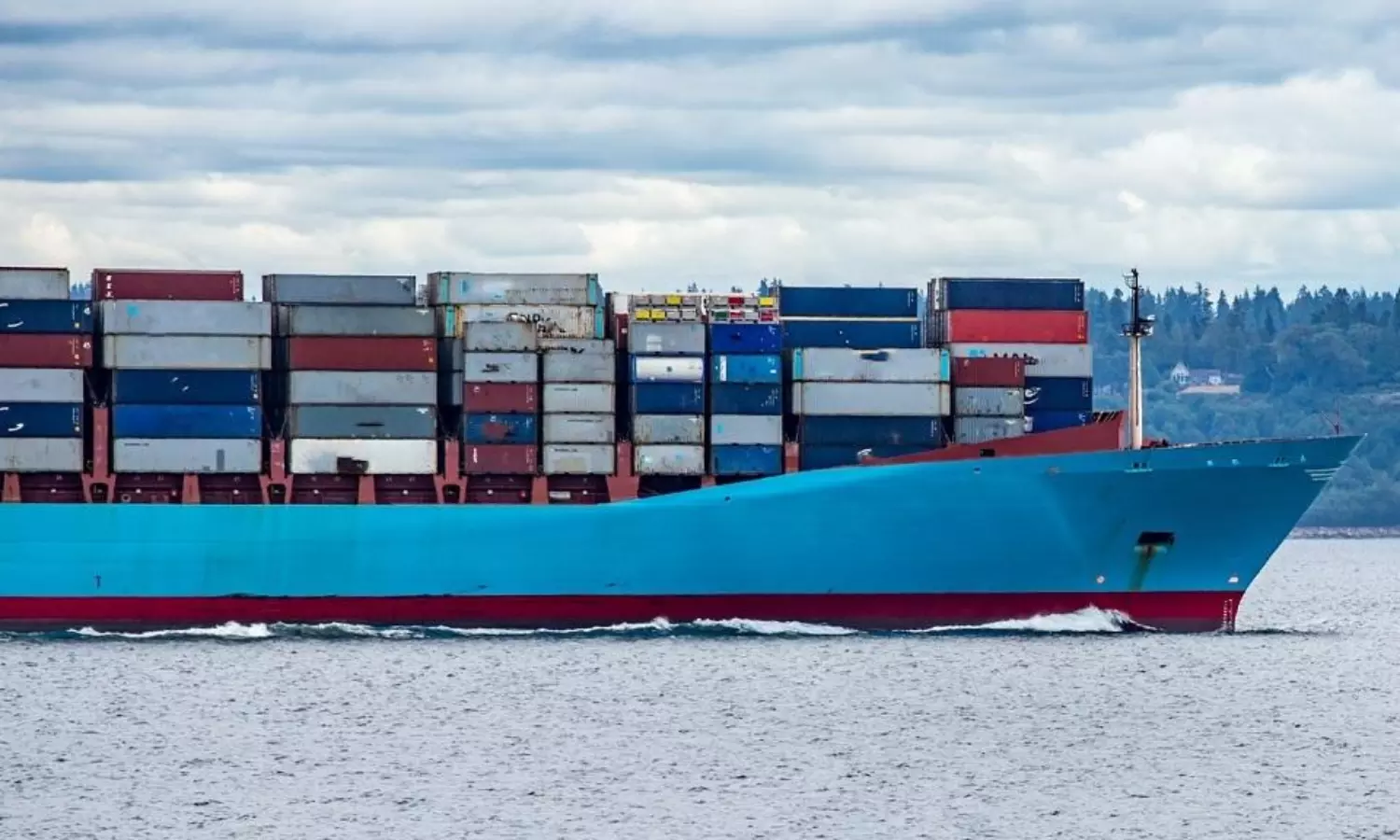Small carriers to drop capacity
Non-alliance carriers managed to triple market share from around 5% to around 15% during the peak of the market.

The market share of smaller carriers is about to drop severely as we get to the end of 2022, according to the latest update from Sea-Intelligence.
"Much of this additional niche carrier capacity has been sourced from exceptionally high-priced vessel charters for small and inefficient vessels, which in turn has been entirely fuelled by the exceptionally high spot rates. As these have been coming down fast in recent months, many of these small-vessel services will quickly approach the point where they become loss-making, forcing a swift closure and exit from the market."
The analysis, says Sea-Intelligence, only covers the carriers on the Transpacific that are not a member of the alliances "i.e. this analysis does not cover the operating carriers within 2M, Ocean Alliance, and THE Alliance."
The non-alliance carriers managed to triple their market share from around 5 percent to around 15 percent during the peak of the market. This trend can be explained by the fact that the market conditions were very favourable for the carriers from the second half of 2020 and into the first half of 2022. There was excess demand and a struggle to make enough capacity available to fulfil that demand. This significantly reduces the barriers of entry for smaller carriers who can get in while the market is hot, and then exit when it blows cold. This is exactly what happened, as a large number of newcomers entered the trade."
Small-vessel services were never expected to remain in the market beyond the elevated spot rate period, the report added.
Capacity being removed across lanes
The average weekly capacity offered from the Far East to the U.S. West Coast, from September 26 to October 223, was 237,000 TEU, down over 23 percent from the same period in 2021. This is equivalent to removing nine 8,000 TEU sailings each week, says Xeneta in its latest update.
"The huge amount of capacity added to the U.S. West Coast at the end of 2020 and during 2021 is now being removed, thanks to blank sailings, extra loaders, and certain services being cancelled. With so much capacity removed, the offered capacity on this trade is down 13 percent compared to 2019. This shows that the congestion was building fast in the early Covid years but is easing considerably in 2022."
The fall in capacity compared to 2019 comes despite a 14 percent increase in container volumes in the first eight months of 2022 compared to the same period in 2019. "Looking at only August 2019, 823,000 TEU were transported from the Far East to the U.S. West Coast, lower than the 880,000 TEU moved this August. However, August demand this year is down from both 2020 and 2021."


